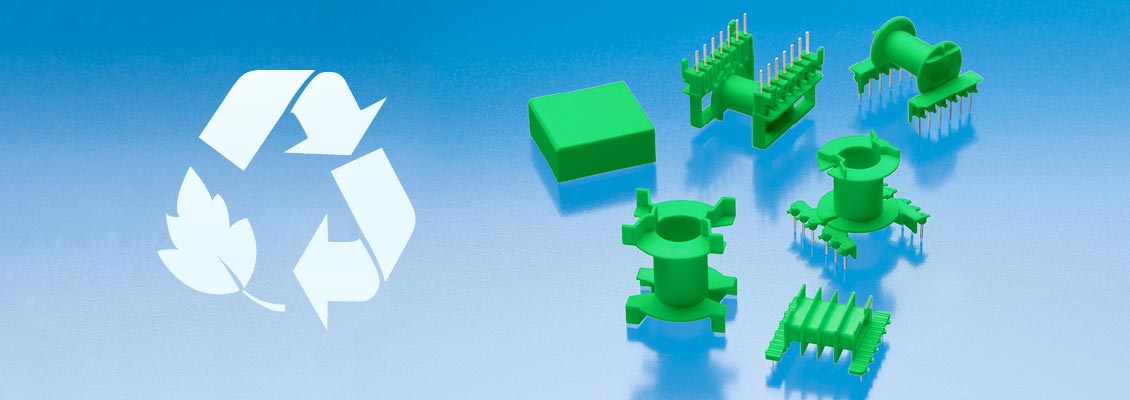Of course, the role played by the increasing environmental awareness of the manufacturers and consumers, resulting in an increasing demand for biobased polymers for a wide range of applications, must not be underestimated. This is both a challenge and an obligation for the entire plastics sector. To allow better differentiation, biobased polymers are primarily classified into biodegradable types of plastic and organic-based ones.
Biodegradable types are biobased polymers where processes triggered by micro-organisms convert the carbon in the polymer into carbon dioxide and water. Some mineral oil based plastics are also biodegradable these days.
Organic-based types are biobased polymers where a certain proportion of the carbon comes from sustainable raw materials, e.g. polylactic acid (PLA), starch, sebacic acid (from castor oil) or sugar.
Possible uses of organic-based plastic types at NORWE
For the production of, for example coilformers, there are special requirements and regulations based on the technical area of application.
- sufficiently high and long continuous use temperature
- high temperature resistance in the production process, e.g. for soldering
- flame-resistant properties
- mechanical strength in the production process but also in the subsequent finished component
- adequate electrical properties, such as dielectric strength and comparative tracking index.
Organic-based plastics which meet the above requirements specified by the industry and by us for the finished products are currently being developed by a few leading providers. Temperature-resistance compared to the plastics currently in use remains, however, the biggest challenge. Due to the production volumes for the individual plastic types, the organic-based plastics available are also considerably more expensive than plastics currently in use.
NORWE is following the development of biobased polymers very carefully to ensure consistent inclusion and availability of useable biobased polymers with sufficient delivery reliability in the NORWE range of materials. Biobased polymers are already an interesting prospect for areas of application with a lower temperature load, or from an ecological point of view.
